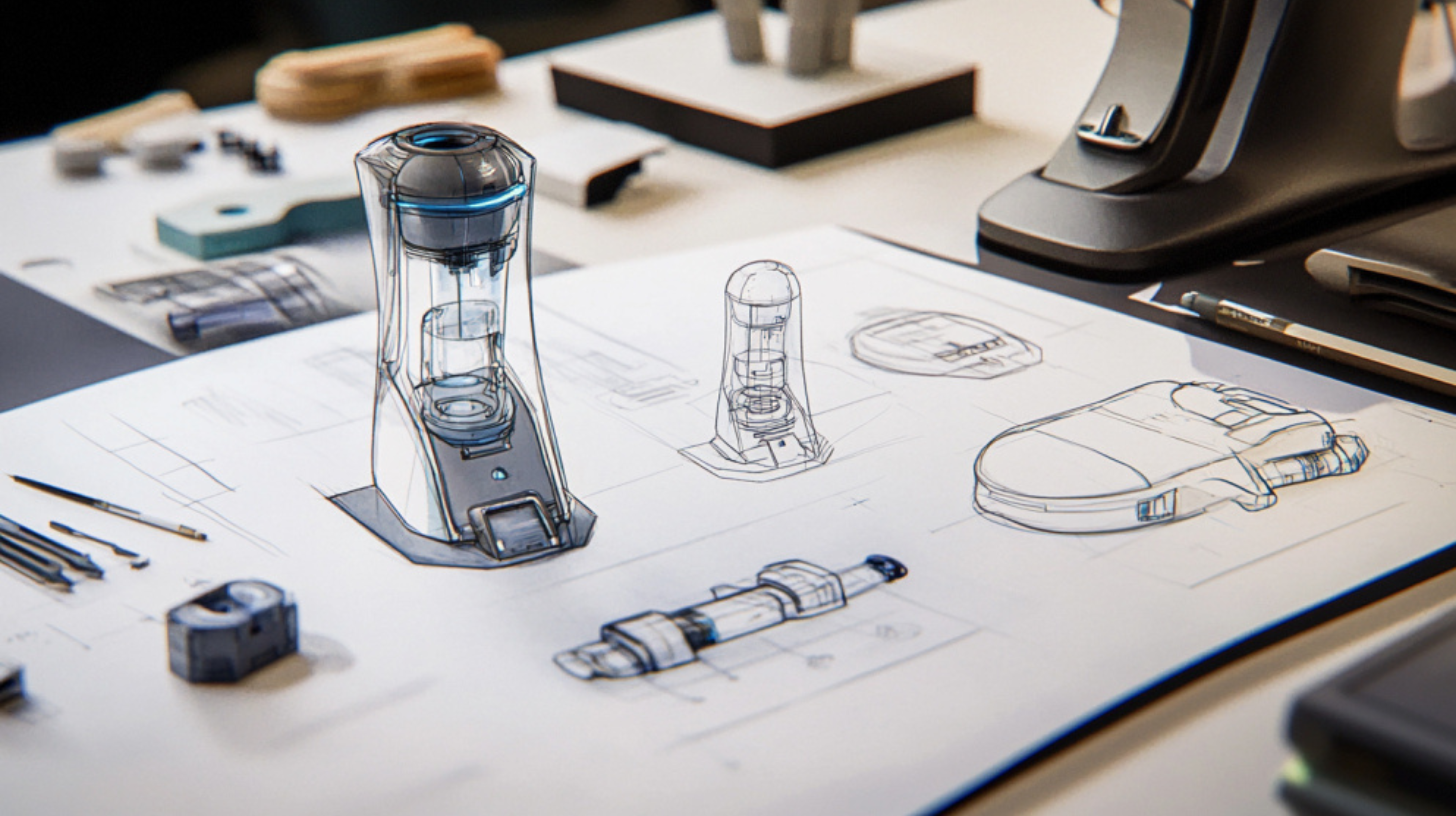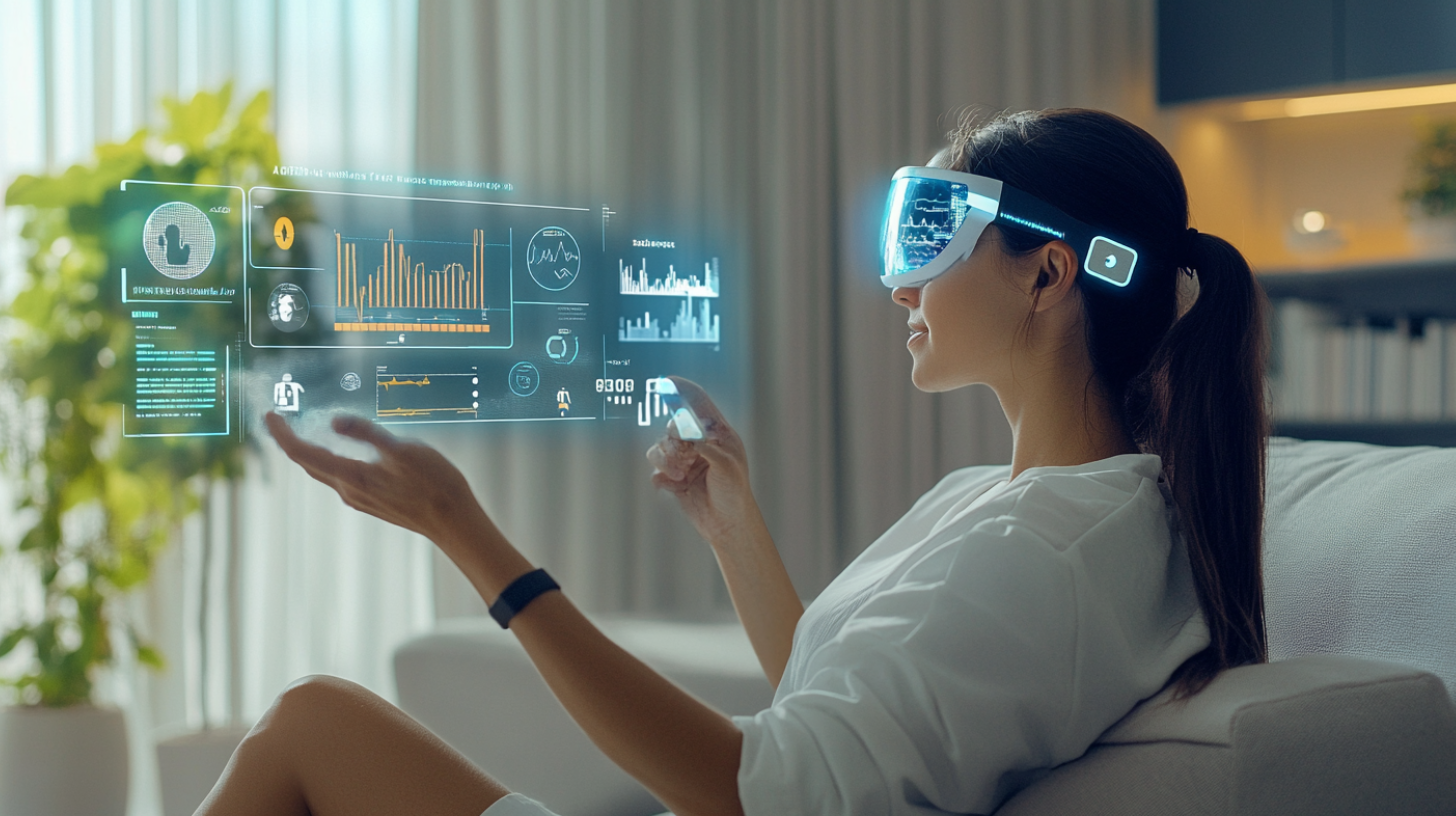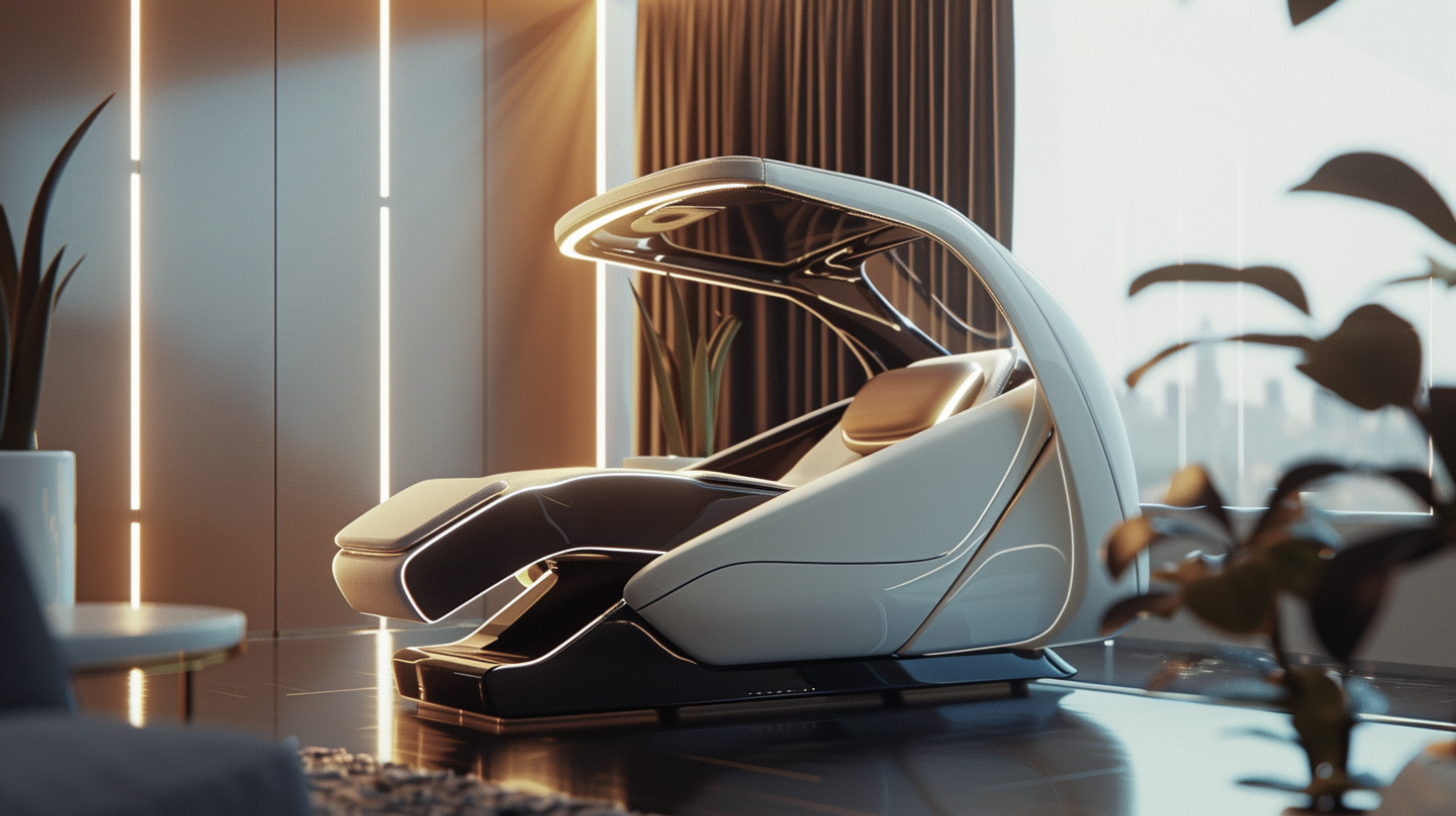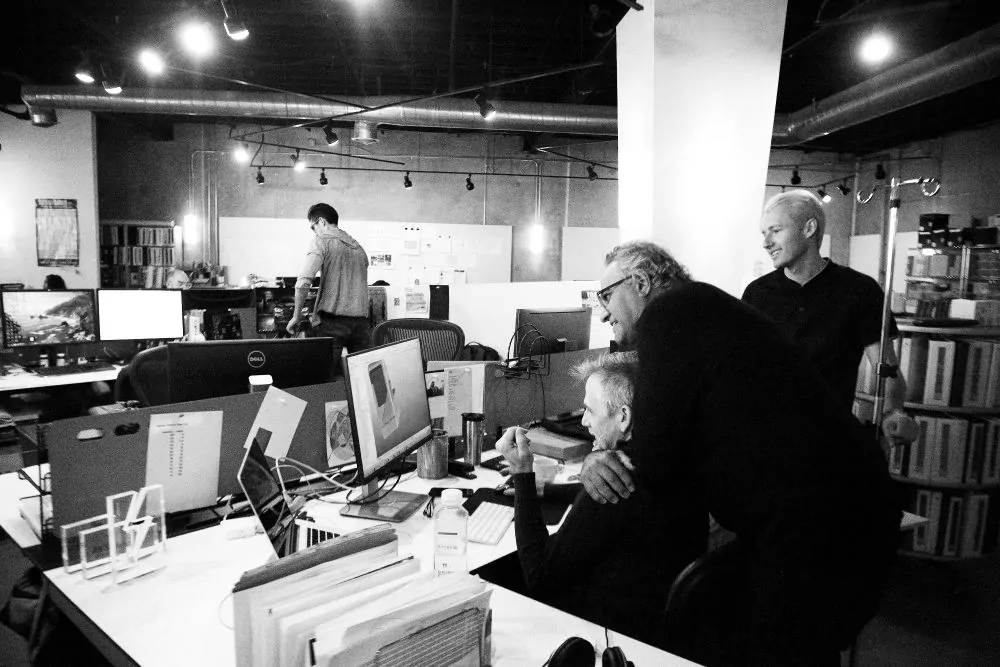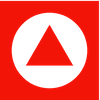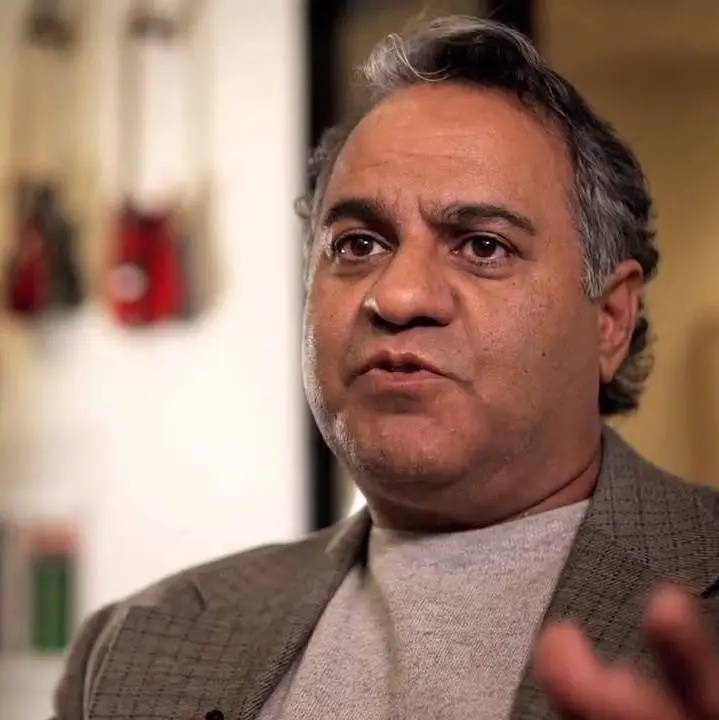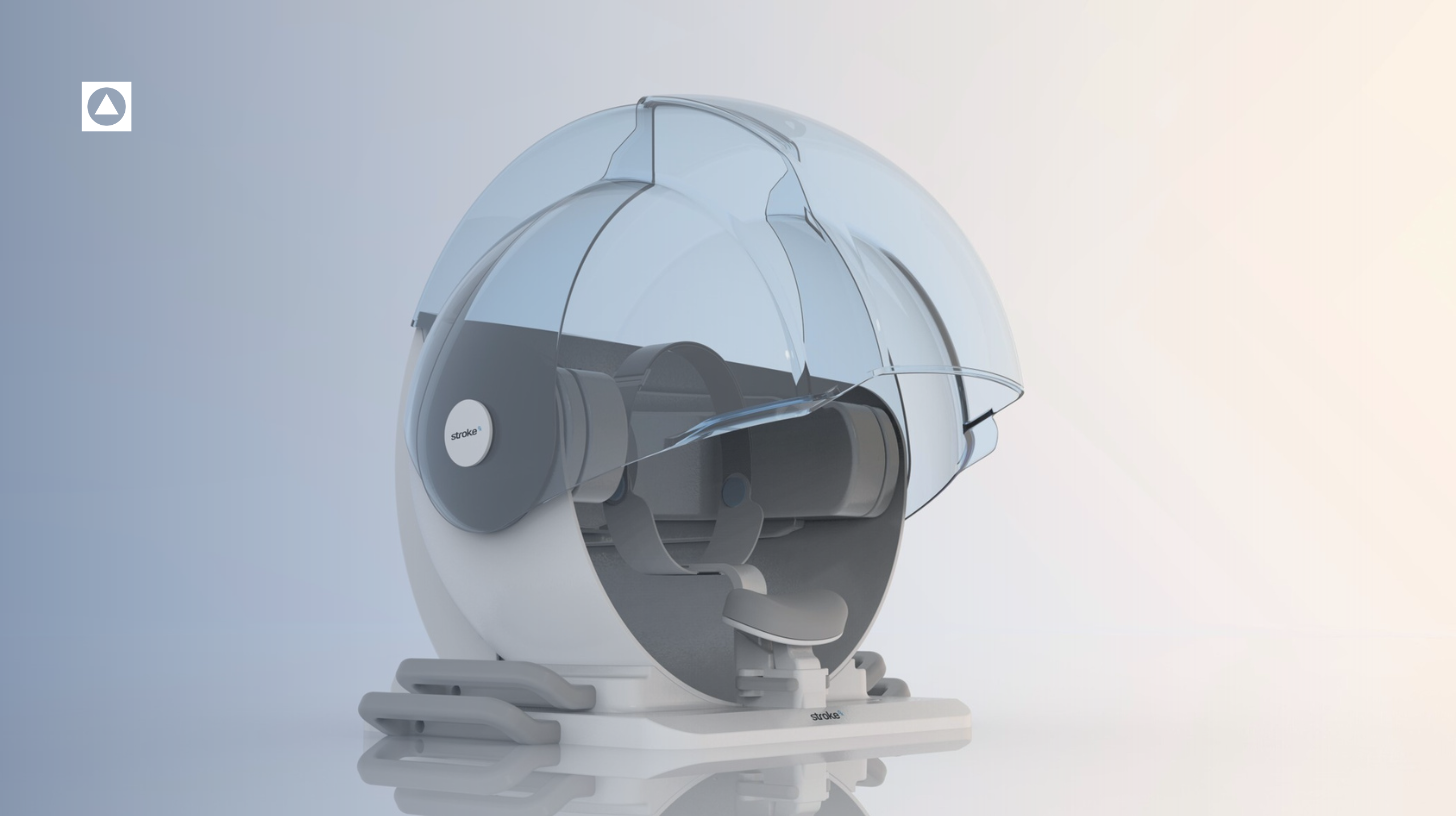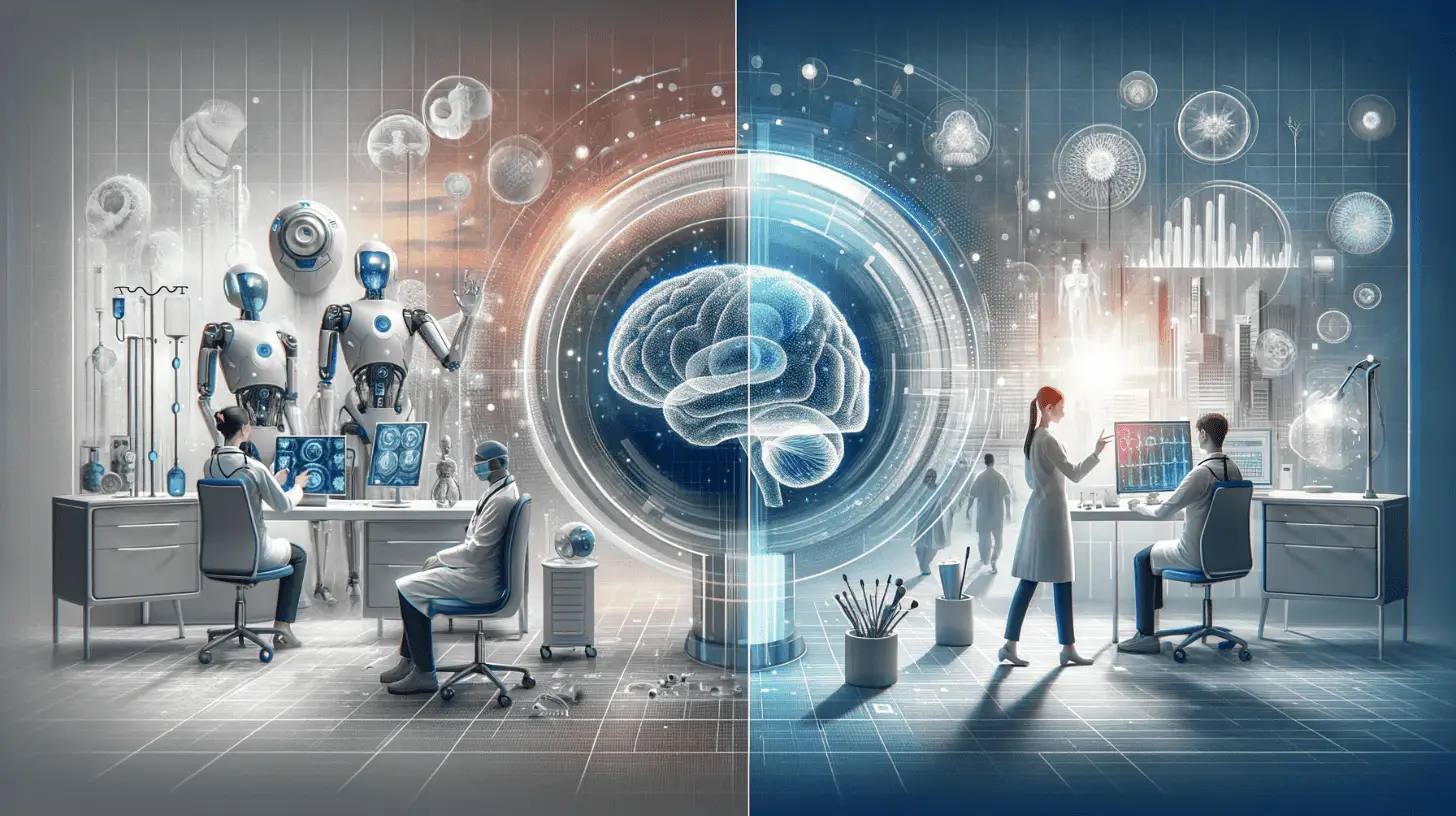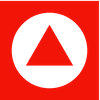I was recently interviewed on the future of design, and I wanted to share my thoughts. The old adage is really true, there has never been a better time to be alive, and our challenges have never been greater.
As product designers, engineers, and innovators, we view the world through a wide and distinctly human-centered lens. Every day we confront global trends and challenges in our work; indeed, we are never far from the future.
In many ways, our job is quite difficult. We need to see through our own biases and heuristics and truly understand others’ lives, beliefs, and needs. We need to take calculated risks over and over again. We need to be prognosticators.
Sustainability drives design, and design drives sustainability.
We need to think from a materials standpoint, how are we going to keep the industrial revolution going? While the talk now is about supply chain issues, the fact is that even when they resolve themselves, we will have to be more and more conscious of our consumption. Product design needs to include the design of the entire product lifecycle from sourcing to consumption to disposal. In each of these, we will have to be increasingly mindful of the environmental impact of our decisions, and consumers/users increasingly expect this. So as product designers will have to think strategically about how our designs integrate into this new reality.
It’s clear that our current consumption of natural resources is unsustainable. As product designers, we need to be on the lookout for new materials that are sustainable because only sustainable products will be sustainable from a mass product standpoint.
As a hardware and software firm, we have a unique perspective on how designing both together can make products more sustainable. We have an incredible opportunity to use IoT, data, AI, and analytics to make products more responsive to their environments. This means we can decrease products’ environmental impact when they are not being used, for example. Or we can predict the actual age of components, so replacement is by need rather than by schedule. With this marriage of hardware and software, we can make products that are connected to these new realities.
Technology is helping us do this. We are already seeing XR become a powerful new toolset in the design world, and we use it ourselves. XR is becoming an important tool to de-risk products earlier on in the process. Seeing XR can help align stakeholders earlier in the product design and development process, which helps clarify the directionality of the later-stage prototypes and designs.
One way we use XR is to visualize how products will look and “feel” in the intended environment. I say “feel” because XR can create some type of connection to a product, but it doesn’t replace physical prototypes for physical products. Good product design is emotional, and our senses are the most powerful transmitters of emotion. Having something in your hand that you can feel, smell, and weigh, is irreplaceable.
Remote work is here to stay but in many forms.
Like many teams, we’ve transitioned to a hybrid approach to work. The swift switch to remote working has had its challenges, no doubt. There’s no replacement for face-to-face, in-person collaboration. On the other hand, we’ve learned to streamline and optimize our teamwork in a way that makes meetings more efficient and effective while facilitating people’s desires to work remotely, from home, on the road, or pretty much anywhere. As our team continues to become more global, diverse, and no longer centrally located, we are growing into an ever-more amazing blend of people, cultures, and talents, and we don’t expect that to change anytime soon.
Diversity is the future of design.
Our designers today are part anthropologists, sociologists, business strategists, innovators, and designers of products and software. They’re not quite superhuman, but they are of incredible calibers and ready to change the world we all live in.
Still, the design profession has lagged in diversity and inclusion. We were once a very homogenous group of people and still are in many ways. Today, contemporary and relevant design leadership must make diversity foundational; we look at individuals based on who they are (holistically) and what they can do for others. As we look at designers this way, the profession is becoming more diverse by necessity. Design must reflect the cultural, ethnic, and gender diversity in the world we live in, and so must designers and design teams.
-Ravi Sawhney, Founder and CEO RKS Design

